Hi there,
Nice to meet you.
This is my first post, if you need more information about my problem, please send me a message. I’ll answer quickly.
I’m working on a neural network to produce features of a (almost) linear line given the x and y values. The input data is a set of x and y values. The x and y values correspond to the values in this graph:
This graph represents 10 datasets. Each with 1000 x and y values. Each line has characteristics that are influenced by two numerical input features (lets say A and B). An example:
Lets say the input features are A and B. The corresponding line this will produce is from model(A,B) and consists of 1000 points.
Thus, each set has different features, A en B, each corresponding to a (slightly) different line. If you look close enough to the first image, you will see the multiple lines (=10).
What I have to do + my problem:
I have to give the model the X and Y data in order to let it the model spit out A en B. Here is the how I arranged the date as input, and I will also show the code for producing the Neural network:
Dataset (features):
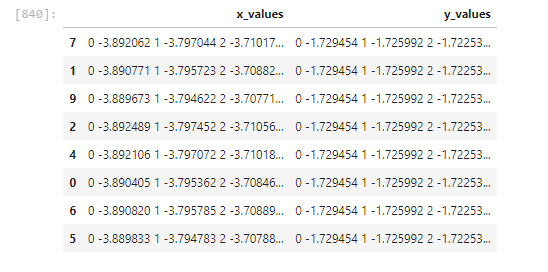
Dataset (targets):

Model:

Training the model: ** Its goes wrong here… I have tried many things as you can see in the #lines, however I keep getting the same kind of error**
Dimension of input data to the model:
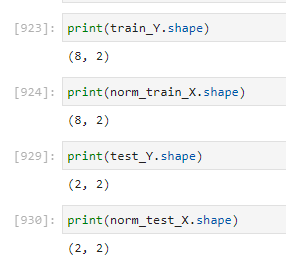
Type of input data to the model:
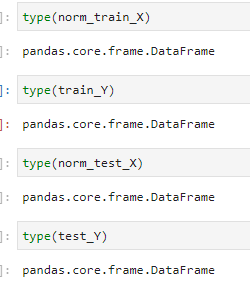
The actual lists are of type panda’s series. like:

However, I can easily change this to numpy arrays with np.asarray(…)
I’m wondering with I am doing wrong. Entering features as a list of numbers seemed tricky. Maybe my mistake is in how I’ve done it now (see tables). I see no other option but to do it this way…
Also, I can imagine that as a result of having a list of numbers as features, the input layer has to be modified to say you’re features are two lists of 1000 numbers each.
I hope you can help me. If you think you know the answer how to tackle this problem and want access to the code, please send me a message.
Kind regards,
Stijn
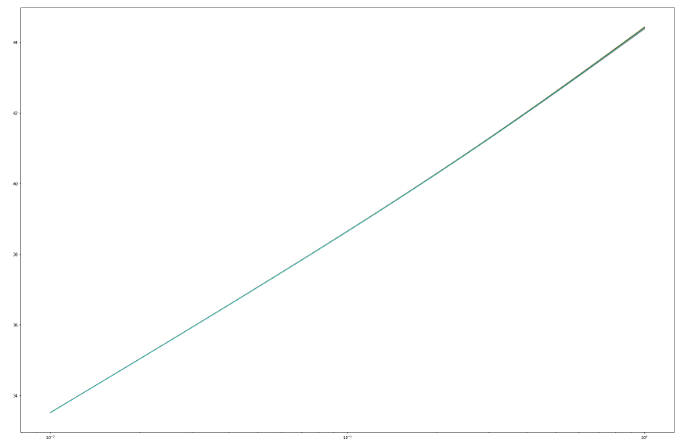


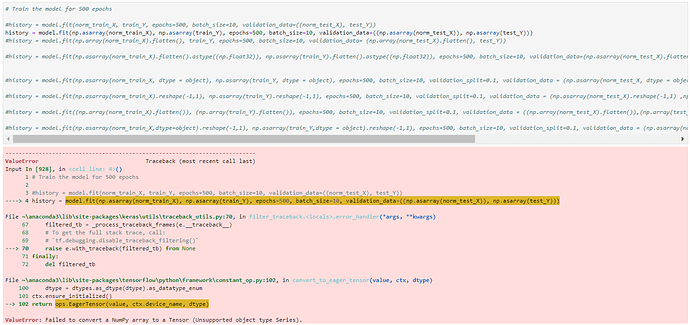
 ! I am now going to interpret the results and check what exactly concatenate means in Tensorflow.
! I am now going to interpret the results and check what exactly concatenate means in Tensorflow.